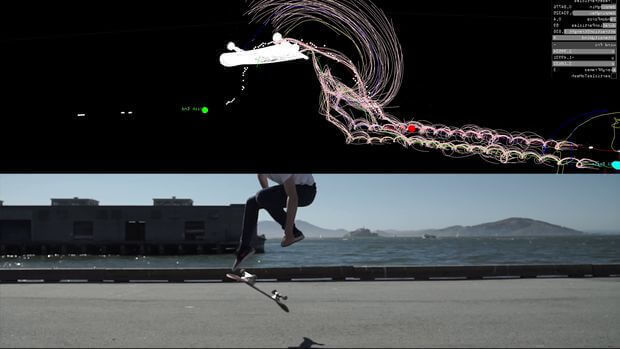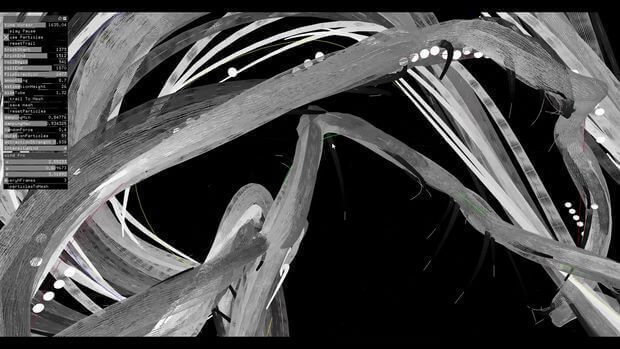Convivial Studio and Autodesk Pier 9 collaborate to transform skateboarding tricks into unique 3D printed sculptures.
Whether you’re a professional or constantly struggle to keep your balance, there’s no denying the serene feeling that comes when you’re cruising around on a skateboard. While it might not look that glorious when you stick the landing of a heel flip, there’s a certain hypnotic motion created between the rider and their board.
The experimental design studio Convivial Studio recently collaborated with Autodesk Pier 9 in San Francisco to capture this motion in a unique way. After tracking the movement of skateboarders performing various tricks, the data was transformed into 3D printed sculptures.
Their work resulted in sculptures that resemble entangled spaghetti, showcasing the fluid nature of skateboarding. Convivial Studio was kind enough to share the entire process on Instructables, detailing exactly how they transformed a kickflip into captivating art.
How Convivial Studio Turned Skateboarding Tricks Into 3D Printed Art
To capture the movement of the skateboarder, Convivial Studio and Autodesk Pier 9 attached a sensor to the bottom of the deck. One of the main obstacles was building a case that would withstand impact from tricks. The team used 3D printing to prototype a case for the sensor electronics. They then went on to CNC mill the final part from aluminum. The 3D model is available here.
Convivial uses an Adafruit feather 32u4 Adalogger to log the gathered data, as well as a VL53L0X Time of Flight Distance Sensor to measure distance from ground to skateboard. An Adafruit BNO055 Absolute Orientation Sensor helps obtain the orientation of the skateboard.
The team also wanted to capture the speed of the skateboarder, and so they used a Hall sensor and magnet. These components are placed in a 3D printed case and attached directly to the wheel. Once the electronic sensors were secured in place, the next step was to shred the streets.
The resulting data had to be properly interpreted and transformed into smooth trails. Using a personalized openFrameworks application (which can be found on GitHub), the team was able to capture and visually recreate the motion of each trick. The software uses a library to convert the data into meshes, which are then exported as 3D models.
Finally, these mesmerizing wheel trails were 3D printed on a Stratasys Fortus 450mc. More detailed color prints were made using the ZPrinter series from 3D Systems. These distinctive sculptures showcase the enchanting motion behind various skateboard tricks. If you want to learn more about the collaborative project between Convivial Studio and Autodesk Pier 9, check out the Instructables here.


License: The text of "Transforming Skateboard Tricks Into 3D Printed Sculptures" by All3DP is licensed under a Creative Commons Attribution 4.0 International License.